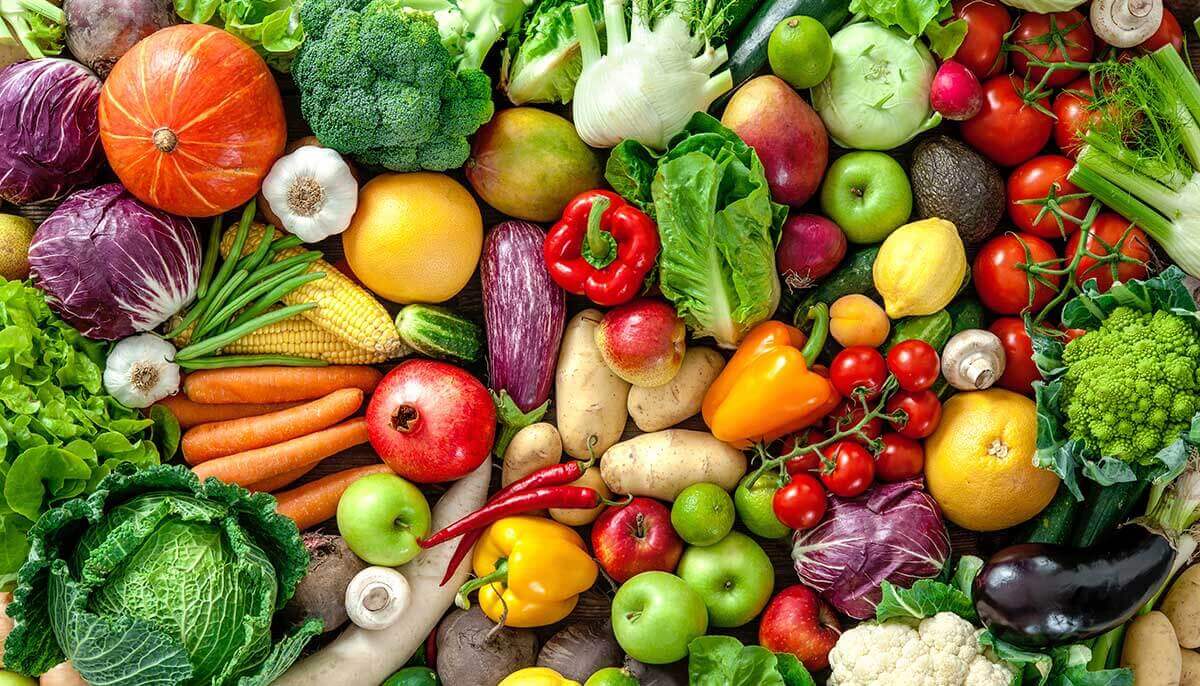How to Easily Meet Your Daily Protein Needs
Protein is an essential macronutrient that plays a crucial role in building and repairing tissues, producing enzymes and hormones, and supporting overall health. For many people, getting enough protein each day can be a challenge, but with some simple strategies, it’s entirely achievable to meet the recommended intake of 116 grams of protein.
Include Protein-Rich Foods in Every Meal
One of the most effective ways to increase your protein intake is to make sure that every meal contains a good source of protein. This could include foods such as:
- Lean meats like chicken, turkey, and beef
- Fish and seafood
- Eggs
- Dairy products like Greek yogurt, cottage cheese, and cheese
- Plant-based sources such as tofu, tempeh, and legumes
By including these foods in your meals, you can easily boost your protein consumption throughout the day.
Snack on High-Protein Foods
Incorporating protein-rich snacks into your daily routine can also help you reach your protein goals. Snacks such as:
- Protein bars
- Hard-boiled eggs
- Nuts and seeds
- Greek yogurt
can provide a convenient way to increase your protein intake between meals.
Choose Protein Supplements
For individuals who struggle to consume enough protein through whole foods alone, protein supplements can be a helpful addition to their diet. Whey protein, casein protein, and plant-based protein powders are popular options that can be easily mixed into smoothies, shakes, or added to recipes to increase their protein content.
Plan and Prepare Your Meals
Meal planning and preparation can make it easier to ensure that you’re meeting your protein needs. By setting aside time to plan your meals for the week and preparing them in advance, you can have protein-rich options readily available, reducing the temptation to reach for less nutritious choices when hunger strikes.
Opt for High-Protein Breakfasts
Starting your day with a high-protein breakfast can set the tone for meeting your protein goals. Foods like eggs, Greek yogurt, protein pancakes, or a smoothie made with protein powder can provide a substantial amount of protein to kickstart your day.
Track Your Protein Intake
Keeping track of your protein consumption can help you stay mindful of your intake and make adjustments as needed. There are many apps and websites available that can help you track your daily protein intake and ensure that you’re consistently meeting your target.
Final Thoughts
Meeting your daily protein needs doesn’t have to be a daunting task. By incorporating a variety of protein-rich foods into your meals and snacks, planning and preparing your meals, and being mindful of your intake, you can easily consume the recommended 116 grams of protein each day to support your overall health and wellness.
Remember, it’s always best to consult with a healthcare professional or a registered dietitian before making significant changes to your diet, especially if you have any underlying health conditions or dietary restrictions.











